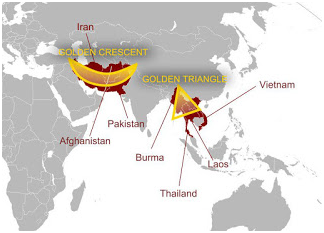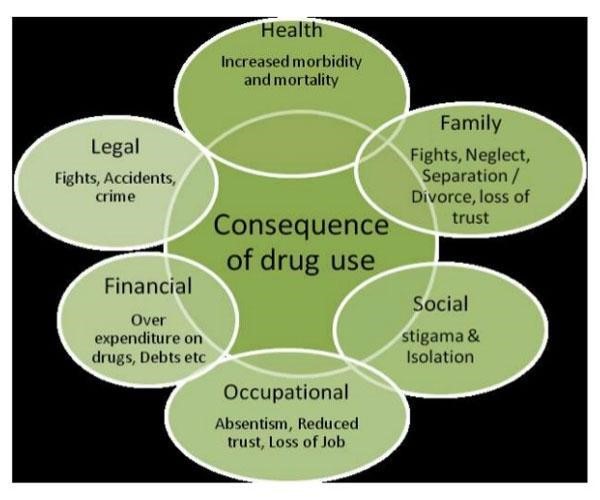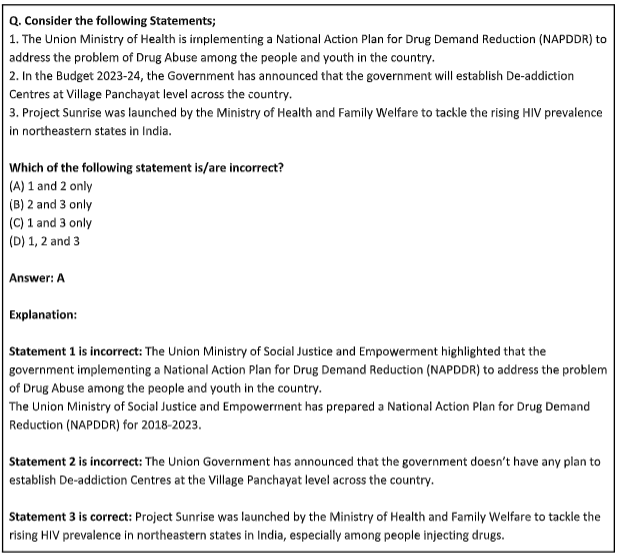Free Courses Sale ends Soon, Get It Now


Free Courses Sale ends Soon, Get It Now



Copyright infringement not intended
About:
National Action Plan for Drug Demand Reduction (NAPDDR):
Main objectives of the NAPDDR:
Drug abuse in India

As per the report released by the All India Institute Of Medical Science (AIIMS):

Steps taken by the Government:
Way Forward:

https://www.pib.gov.in/PressReleasePage.aspx?PRID=1897417
© 2024 iasgyan. All right reserved